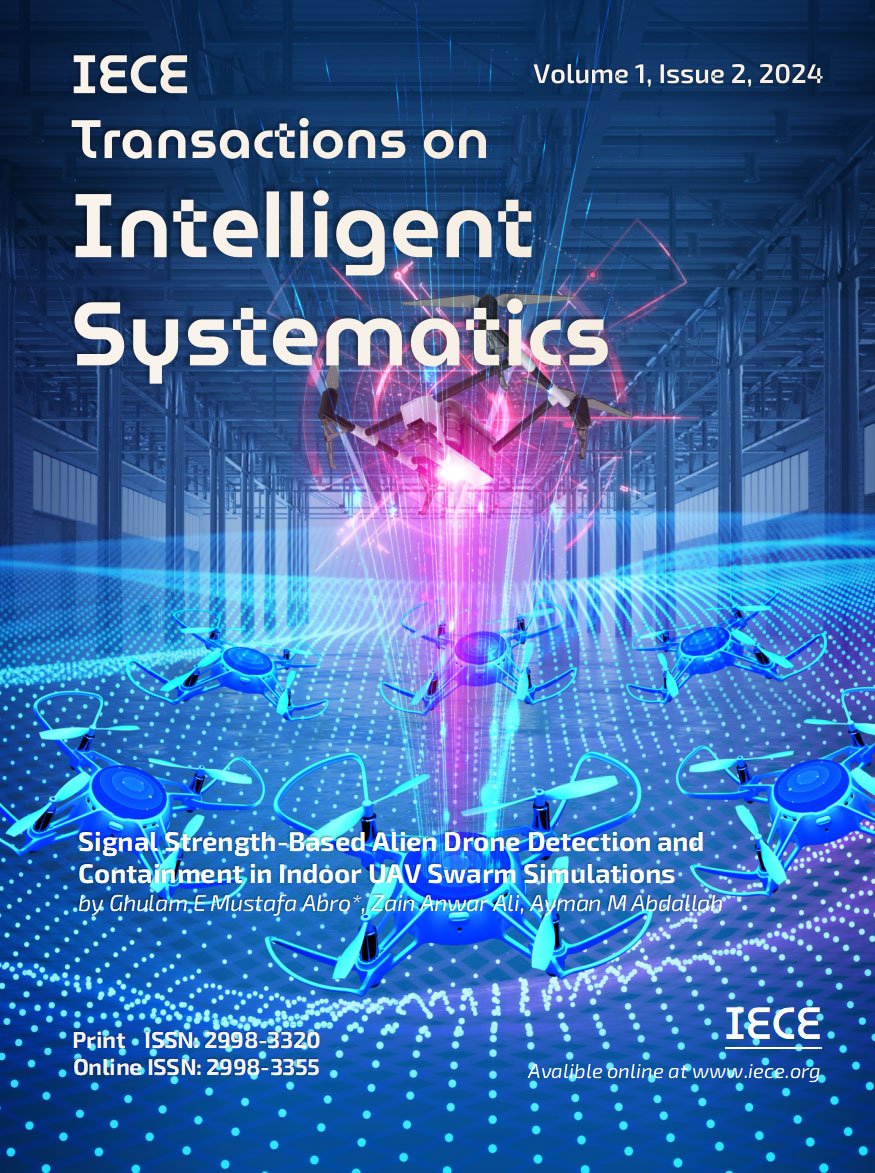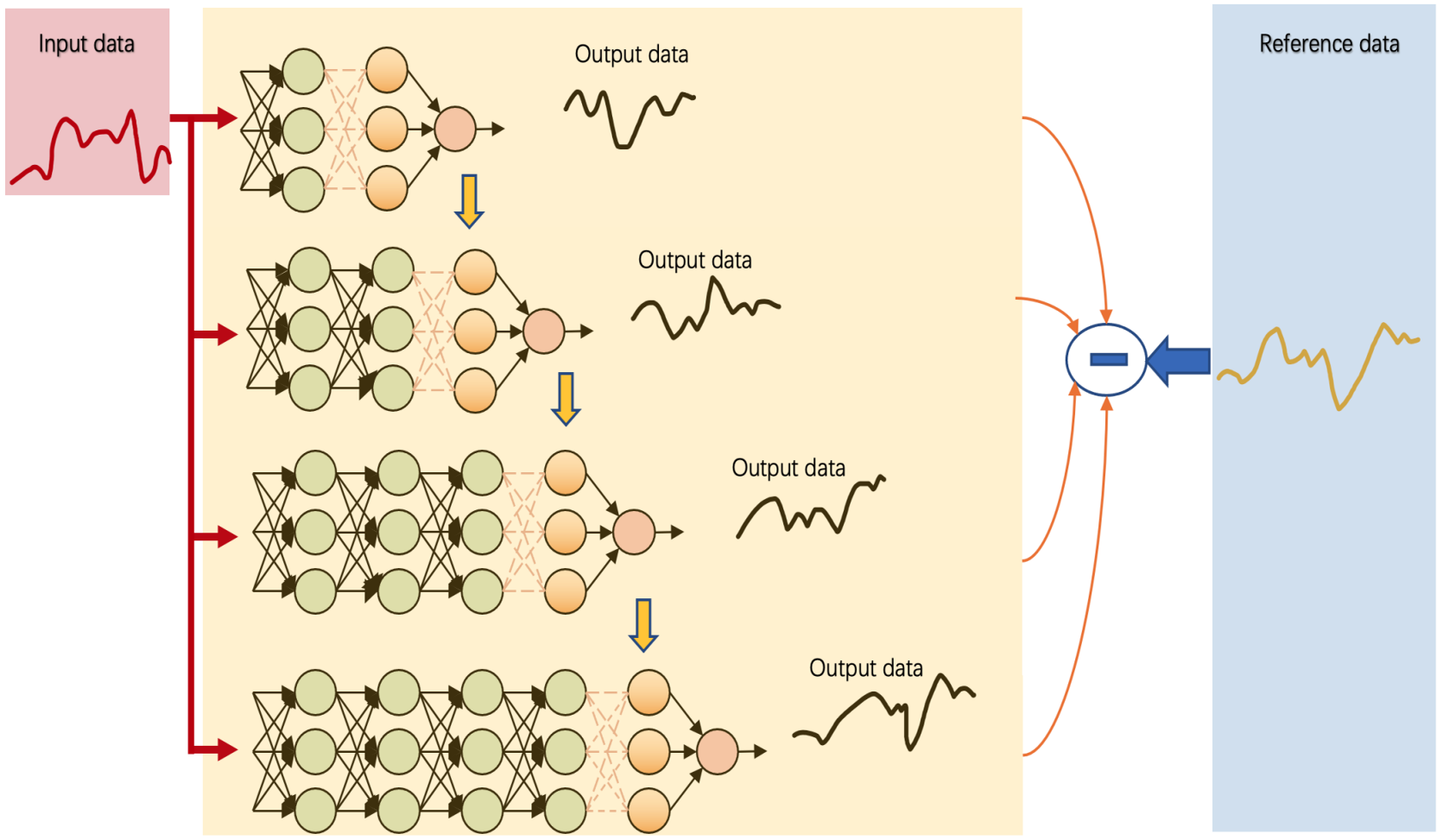Abstract
Accurate predictions of traffic flow are very meaningful to city managers. With such information, traffic systems can better coordinate traffic signals and reduce congestion. By understanding traffic patterns, navigation systems can provide real-time routing suggestions that avoid traffic jams, save time, and reduce fuel consumption. However, traffic flow will be interfered with by multiple factors such as collection time and place. In this paper, we propose to use stochastic configuration networks (SCNs) to predict the traffic flow. The network is trained through stepwise construction, and the network parameters are effectively optimized based on the approximation theorem and convergence analysis optimization mechanism. The proposed network automatically adjusts its structure according to the complexity of traffic flow to better adapt to the complex non-linearity of traffic flow. We observed that the proposed model achieves better prediction performance overall and greater flexibility in the length of the prediction period compared to the benchmarks using the Guangzhou urban traffic flow dataset. It's worth noting that SCNs consistently outperform other models across different prediction intervals. They yield RMSE improvements of up to 10.73% for 10-minute predictions, 5.02% for 30-minute predictions, and 11.21% for 60-minute predictions compared to the least effective models. The R-value also exhibits steady enhancement, increasing up to 0.78%, 0.65%, and 2.33% for 10-minute, 30-minute, and 60-minute predictions, respectively. These notable advancements, combined with the model's computational efficiency, especially in short-term predictions, underscore the effectiveness and practicality of SCNs in traffic flow prediction tasks.
Keywords
Traffic flow prediction
time-series data prediction
stochastic configuration network(SCNs)
deep learning
Funding
This work was supported without any funding.
Cite This Article
APA Style
Lin, Y. (2024). Long-term Traffic Flow Prediction using Stochastic Configuration Networks for Smart Cities. IECE Transactions on Intelligent Systematics, 1(2), 79-90. https://doi.org/10.62762/TIS.2024.952592
Publisher's Note
IECE stays neutral with regard to jurisdictional claims in published maps and institutional affiliations.
Rights and permissions
IECE or its licensor (e.g. a society or other partner) holds exclusive rights to this article under a publishing agreement with the author(s) or other rightsholder(s); author self-archiving of the accepted manuscript version of this article is solely governed by the terms of such publishing agreement and applicable law.


 Submit Manuscript
Edit a Special Issue
Submit Manuscript
Edit a Special Issue

